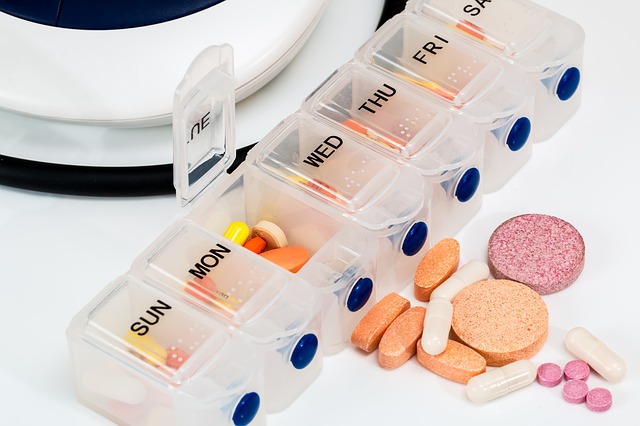Phenytoin drug interactions are common in our polypharmacy patient. The key is to monitor patients closely as well as carefully reviewing the medication list when a new medication is going to be started or changed. While there are numerous drug interactions with this drug, here’s 5 phenytoin drug interactions that you should remember.
Fluconazole and Phenytoin
Fluconazole has the potential to inhibit CYP2C9. CYP2C9 is a primary pathway in which phenytoin is broken down. By blocking this pathway, phenytoin concentrations can rise and ultimately lead to signs of phenytoin toxicity. I discuss the signs and symptoms of phenytoin toxicity more on this podcast episode.
Apixaban/Rivaroxaban
With this phenytoin drug interaction, phenytoin has the potential to reduce the concentration of these anticoagulants. As you can imagine, this could be very devastating if the patient has a stroke or blood clot in light of subtherapeutic concentrations due to the drug interaction. The primary mechanism for this interaction is CYP3A4 induction.
Warfarin
This one is complicated. Albumin displacement and CYP interactions may cause concentrations of warfarin to go in any potential direction. It is critical to monitor INR closely in patients where these agents are used together. There is also the potential for phenytoin toxicity risk to be increased in a patient starting warfarin. My advice is to be incredibly careful with this combination and avoid it if possible.
Oral Contraceptives
Many patients rely on oral contraceptives to help prevent pregnancy. Phenytoin has the potential to lower concentrations of these type of drugs. This can lead to treatment failure and ultimately unexpected pregnancy.
Calcium Channel Blockers
Calcium channel blockers are used for a variety of indications and are commonly found in clinical practice. There are numerous agents within the class of medication that can contribute to increased phenytoin concentrations (amlodipine, nifedipine, diltiazem, verapamil, etc.). This can ultimately cause toxicity in our patient on chronic phenytoin.
What other interactions with phenytoin have you seen in clinical practice?
- 30 medication mistakes PDF
- 18+ Page Drug Interaction PDF
- 10 Commandments of Polypharmacy Webinar based on my experiences in clinical practice



Dopamine vs Phenytoin Na inj. = drop in blood pressure. Doesn’t occur with fosphenytoin. It may be related to the propylene glycol contained in the Phenytoin Na inj.